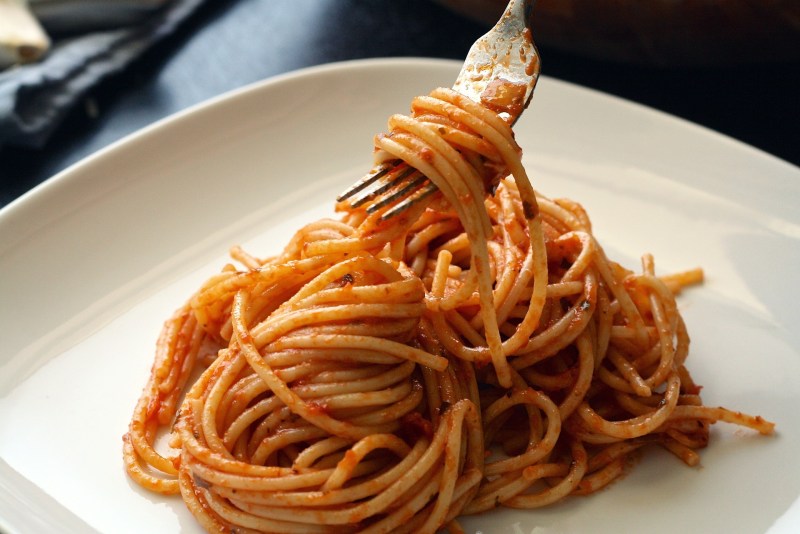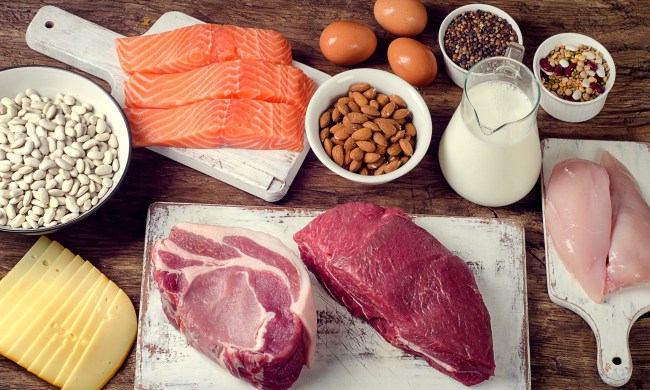Pasta is a staple food for virtually every culture around the world. It comes in all shapes and sizes, and it can be made from eggs, flour, rice, beans, and a variety of other grains. For all these reasons, and the fact that it’s both extremely versatile and incredibly delicious, it’s one of the most beloved foods in the world.
And it just so happens that it’s pretty fun and surprisingly easy to make at home from scratch. All you need is a few pasta-making accessories for your kitchen. Pasta is delicious on its own, or you can complement it with any number of different pasta sauces. Pasta is the type of food that’s so good you want to make a lot of it at once, so you have some leftovers for another meal or two.
However, be careful when reheating your beloved noodles, because some methods can turn your once tender and moist dish into a dry, disgusting disaster. Luckily, we’ve highlighted the best methods of how to reheat pasta and left out the worst. Here’s everything you need to know so you can revive leftover pasta to its original glory.
How to reheat pasta in the oven
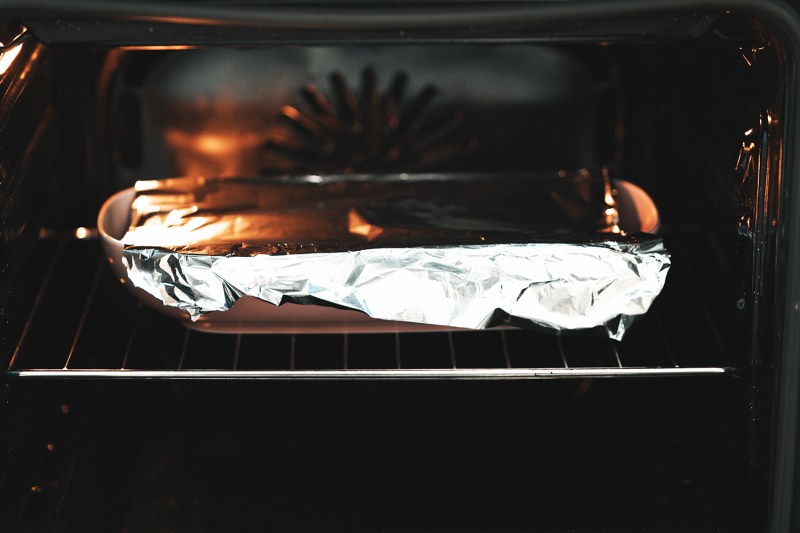
If your pasta was originally tossed and covered in a sauce, then the absolute best way to reheat it is by placing it inside your oven at a temperature of 350 degrees Fahrenheit for between 10 and 30 minutes. Check your pasta every 5 to 10 minutes to ensure it is not getting overcooked or dried out.
If you are concerned that it is burning on top but not heating all the way through, placing a piece of aluminum foil over your noodles is a great way to add a bit of protection while helping the dish warm up a bit faster. It is important to note that aluminum foil can result in a slightly longer reheating time.
Another method to reheat pasta in the oven is to add a few drops of water to any sauce before reheating. Certain sauces will dry out considerably during the reheating process. Just adding a little extra water or thickening your sauce helps your finished and reheated sauce have a similar taste and texture to the first time it was cooked.
How to reheat pasta on the stove
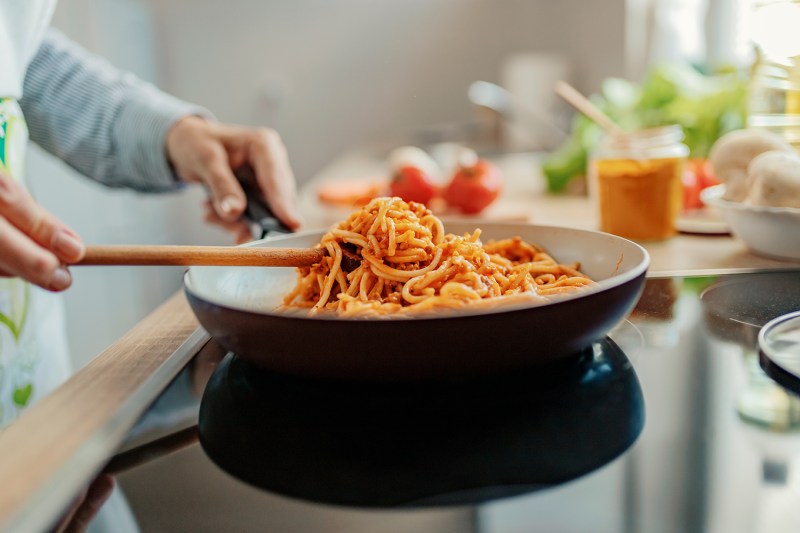
Another great option for reheating pasta tossed with sauce is to add a bit of your favorite cooking oil to a pan and lightly sauté your pasta on the stove. This method is a bit less precise than using an oven, but in most cases, heating your pasta over medium heat for 2-5 minutes while stirring it frequently should result in a pretty evenly heated dish.
One of the advantages of using this method is that you can see and taste your progress as you go. Always keep a close eye on any food that you are cooking or reheating. A couple of minutes of cooking time makes a huge difference. And if you have any parmesan cheese, go ahead and add it for some extra cheesy flavor.
Other reheating methods
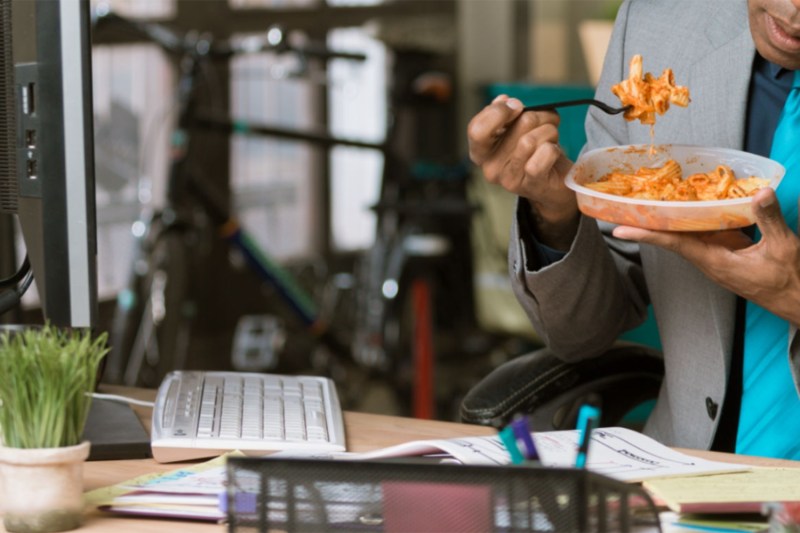
Carefully microwave it
Suppose you want to bring some leftover pasta to work for lunch. Unless you’re really lucky, you’re not going to have an oven or stovetop to reheat your, so you’re stuck with the microwave. But all is not lost, it is possible to successfully reheat pasta in the microwave so it’s still delicious. Just put your pasta in a microwave-safe bowl and add a few drops of water (or sauce) so the pasta won’t dry out or stick together. Cover the dish loosely and microwave for 1 to 1/2 minutes and then check if it’s evenly heated, if it’s not, stir it and then heat in 15-second increments until it is at the temperature you want.
If it’s not sauced, boil it
So far, we’ve covered ways to reheat pasta that has already been tossed in sauce, but if you have pasta that has not been sauced, you can easily reheat it in boiling water. Just bring a pot of water to boil and add salt to taste. Using a heat-safe colander, dunk the pasta in the boiling water for 30 to 60 seconds, and then remove it from the water, toss it with sauce, and serve.
Don’t overdo it: How long does cooked pasta last?
Cooked pasta should really only last in your refrigerator for three to four days at the most. It is dangerous to consume foods that have been sitting around for too long, even in the refrigerator. If you want it to last longer, you can freeze it in batches, so it’s easier to defrost and reheat.
